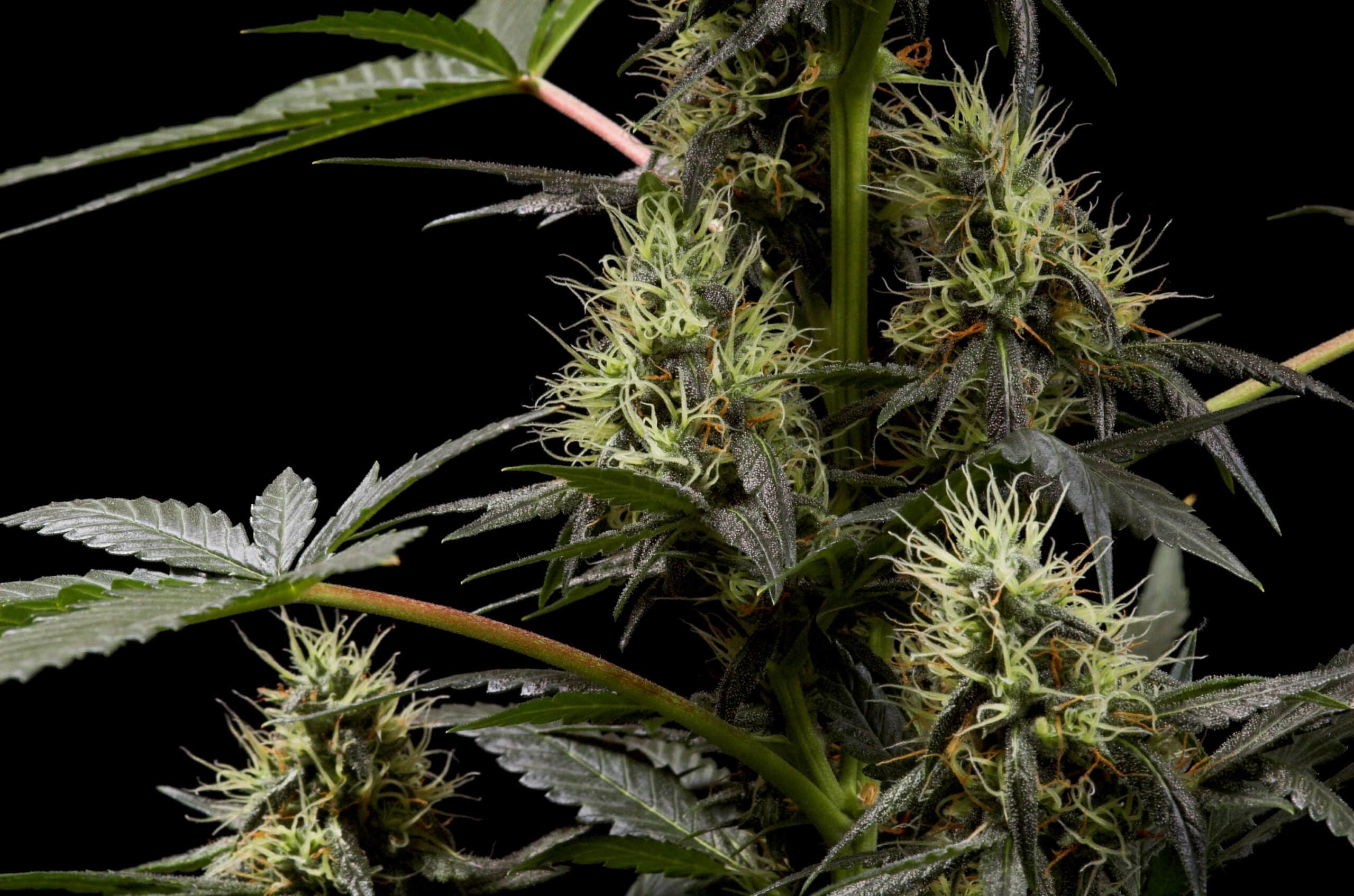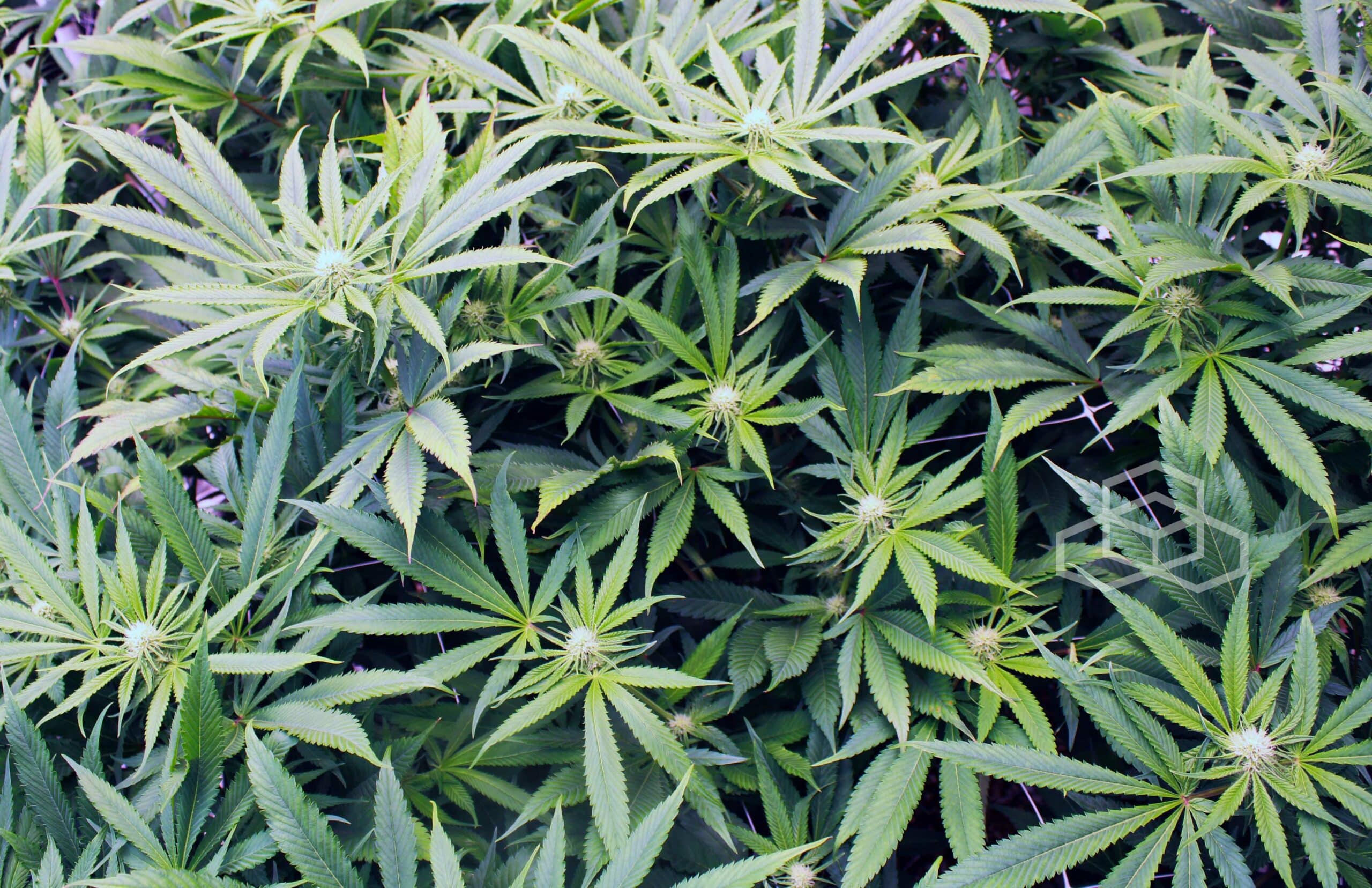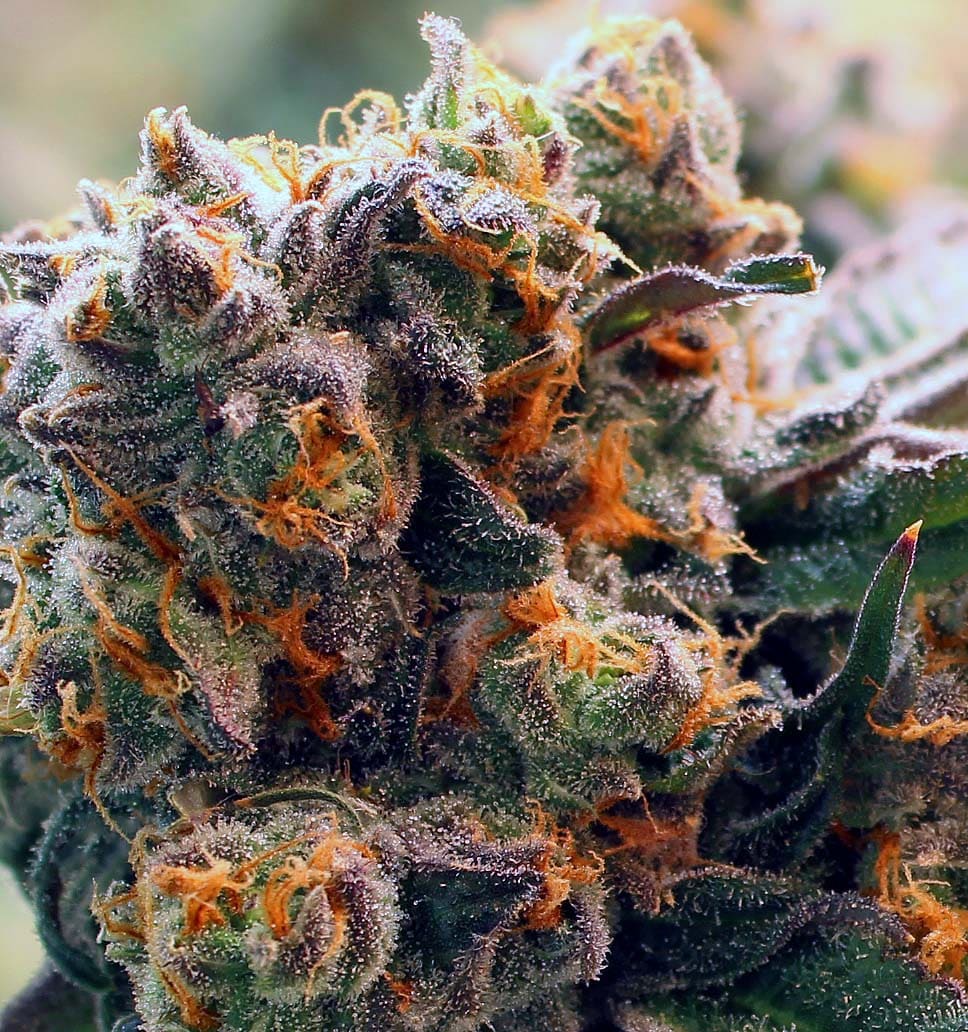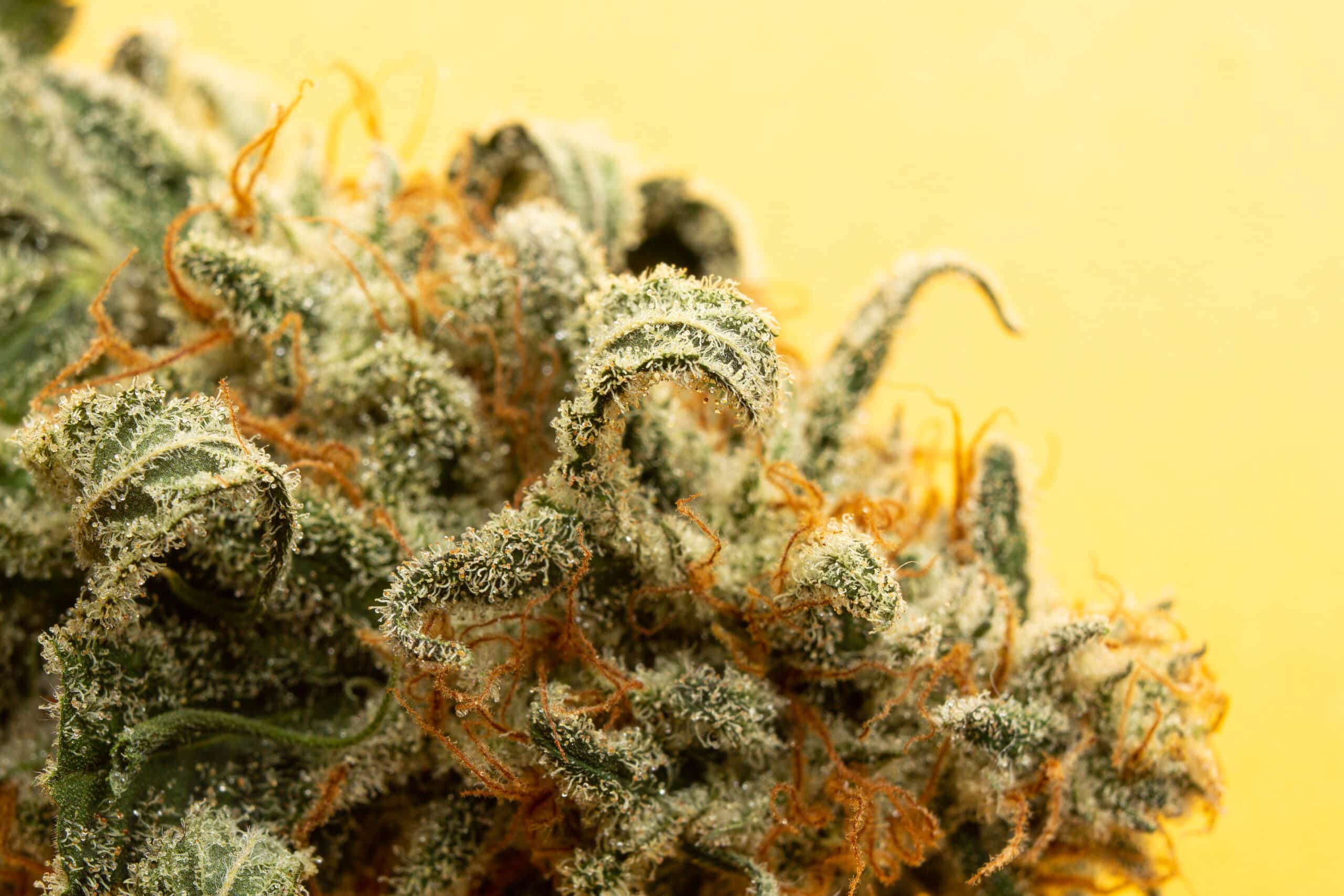The Sniff Test
Some canna connoisseurs would say that terpenes and flavonoids are the most important factor in how each specific strain will affect you. When you perform “The Sniff Test” on your buds, what you’re really smelling is the terpenes & flavonoids These are naturally occurring chemical compounds that are not limited to cannabis! They’re found in abundance in all flowers, trees, herbs, fruits, vegetables, and microbes. Being that cannabis is still federally illegal, there is a lot of research that has yet to be done in the terpene and flavonoid department. But our research shows there are seven major terpenes in cannabis. They are myrcene, limonene, pinene, linalool, beta-caryophyllene, ocimene, and terpinolene.





